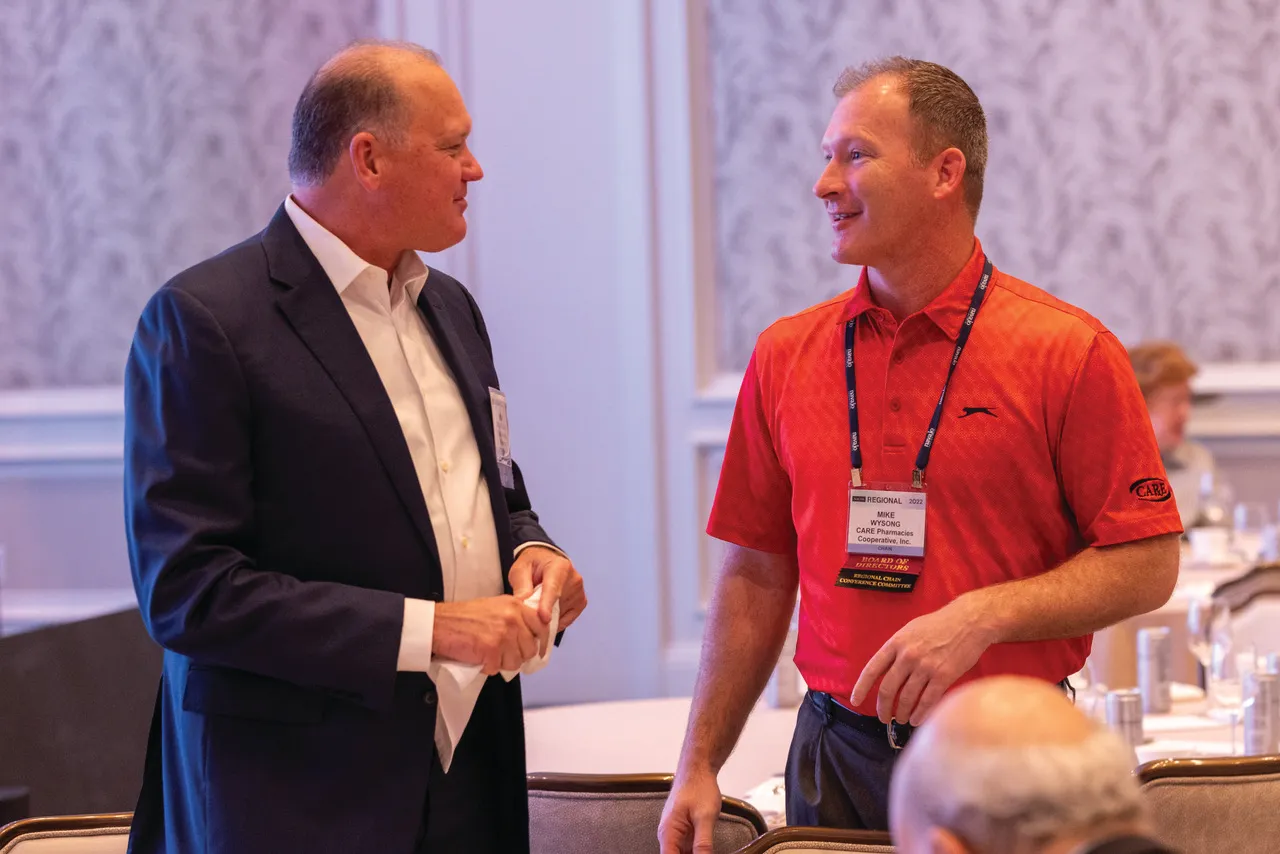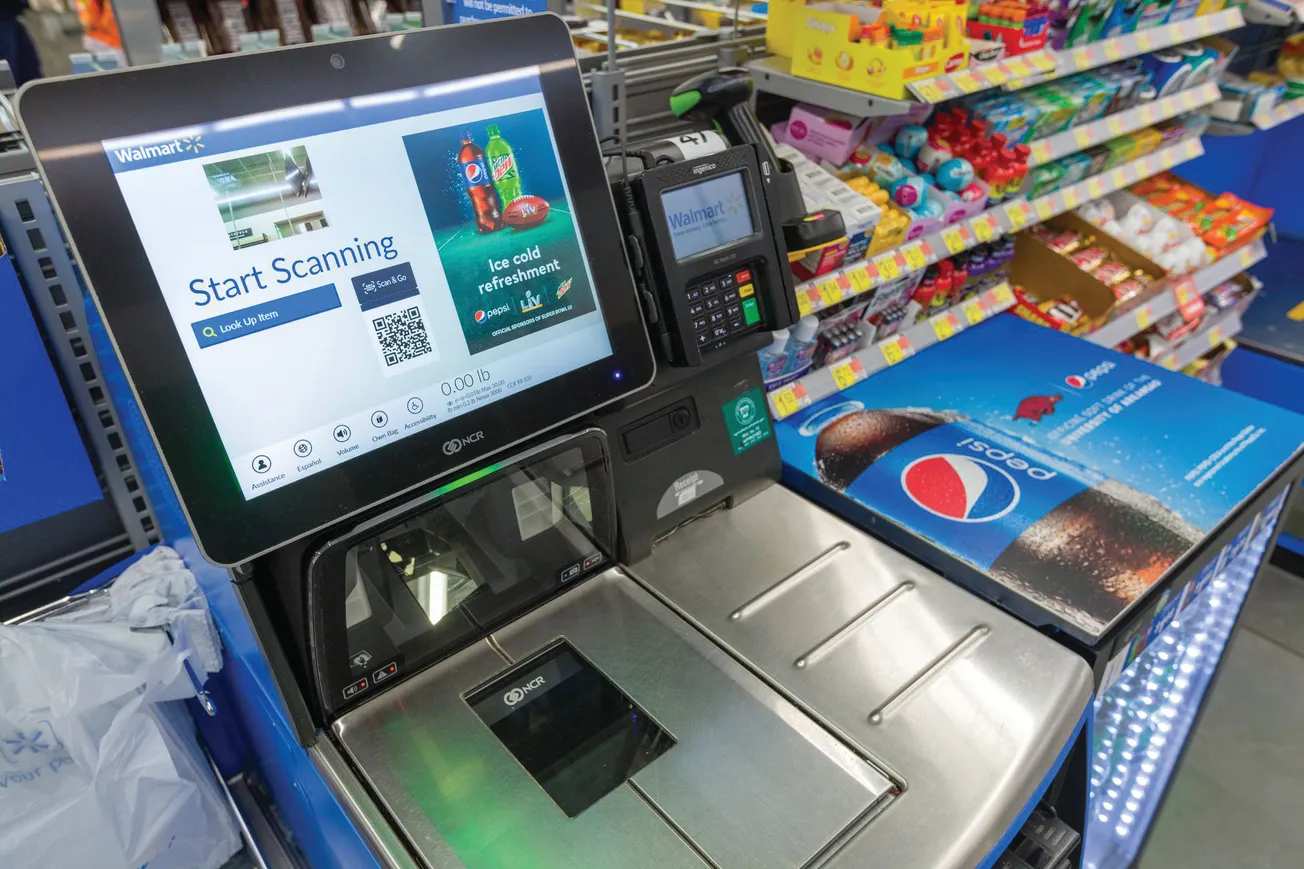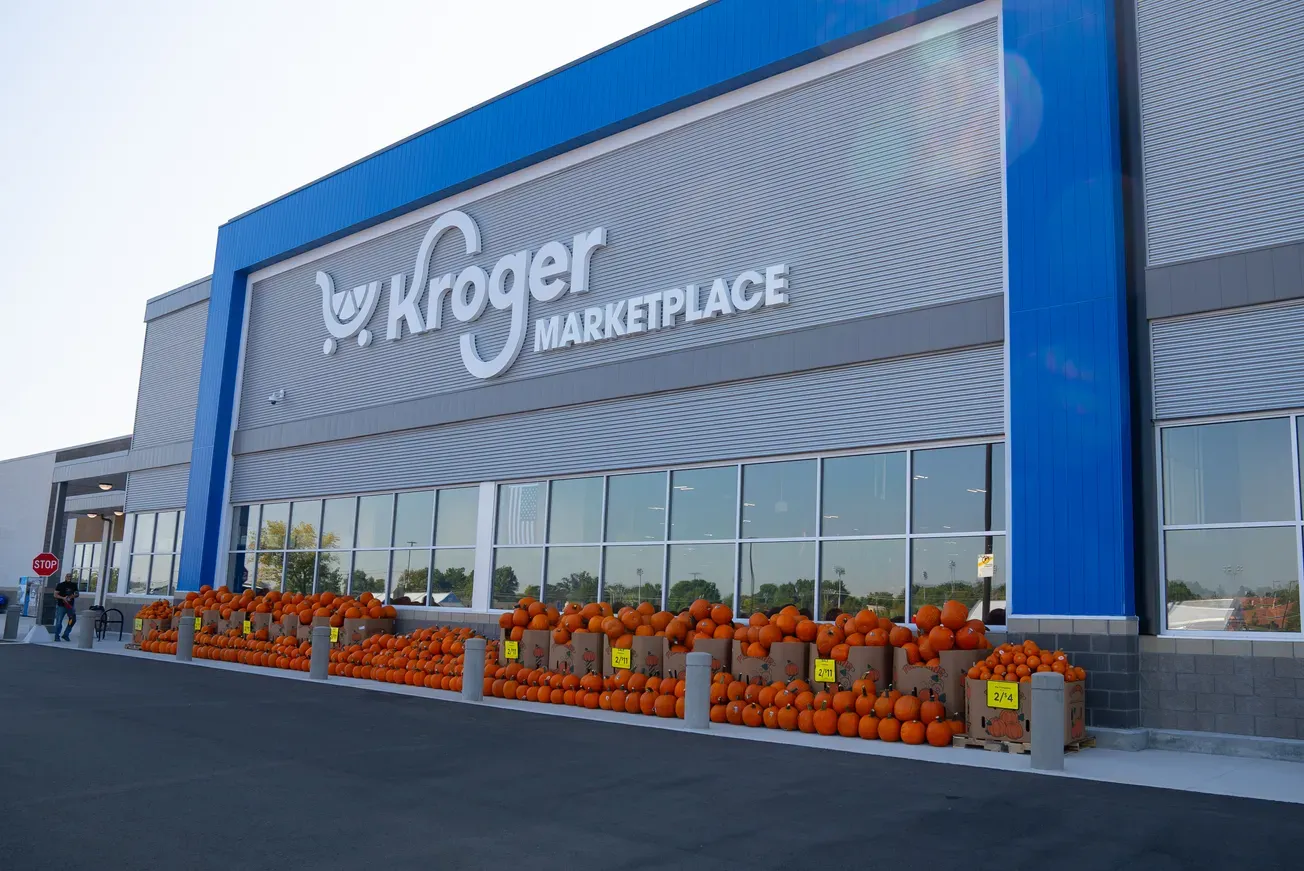The future of the pharmacy profession is at a tipping point. The wake of the pandemic produced waves of opportunities and challenges that will change pharmacy practice for better or worse. Americans spent more time in pharmacies over the last two years than ever before. Public perception has changed. Now, more than 72% of consumers are comfortable with pharmacists’ prescribing medications. Conducting COVID testing and treatment, administering oral contraception and more are all on the table.

Samm Anderegg
Patient care services present a monumental opportunity to overhaul the currently outdated pharmacy business model, a change that’s long overdue. Now, more than half of the contiguous 50 states have laws in place that mandate health plans reimburse pharmacists for services. With a growing access to care problem and a rising demand for services, CVS, Walgreens and others are making strategic acquisitions to compete in the retail health care space. Pharmacists and technicians are faced with more responsibility than ever before.
The problem? Pharmacies have no easy way to get paid for services. Big chains and small independents alike lack the software, staff, processes and expertise common in medical groups to launch clinical operations at scale.
There’s a silver lining. We have an opportunity to learn from the 50-plus years of status quo in medical practices; improved billing and revenue cycle management processes can be built from the ground up using modern technology and automation.
Medical billing and revenue cycle management (RCM) is the process of managing finances from the time a patient receives care at a pharmacy, to the time the pharmacy receives payment. The process includes such tasks as verifying insurance eligibility, submitting claims, following up on denials and collecting payments. This process is complex, requiring an excessive amount of time, energy and resources to stay on top of everything.
Automating billing and revenue cycle processes allows pharmacies to scale clinical services while minimizing the burden on frontline pharmacists and their staff.
First, automation allows pharmacies to integrate medical billing into their workflow. With a pharmacy operation that dispenses prescriptions as efficiently as McDonald’s dishes out cheeseburgers, it’s difficult to insert new processes and change behavior. With automation, pharmacists are alerted to billable care opportunities throughout the dispensing process, enabling the patient care process to occur in parallel.
Second, automation enables us to hardwire state-specific rules and regulations into billing workflows. It’s difficult to keep track of which services pharmacies can bill, how often they can bill them and to which payers they can bill. On top of that, new laws are being passed with every new state legislative session. Automation enables pharmacies to hardwire billing rules into software, so the right billable care opportunities are presented in a pharmacy’s workflow at the right time.
Third, automation improves billing accuracy. When billing is done manually, errors can occur, which can delay payments or result in denials. Automation can help eliminate errors by flagging incomplete or inaccurate information before a claim is submitted. This can reduce the number of denied claims, improving revenue and streamlining the billing process.
Fourth, automation reduces administrative burden and improves satisfaction. Frontline staff do not need to know and should not have to know which codes to bill. By automating medical billing and revenue cycle processes, pharmacy staff can spend less time on administrative tasks and more time on patient care. This can lead to greater job satisfaction, reduced burnout and improved work-life balance.
In a world where pharmacy chains and their (former) employees argue about the semantics of a pharmacist and technician “shortage,” the fact is we need more fulfilling roles and responsibilities for pharmacists and technicians in the workplace.
The solution is simple. We got into health care to take care of people to the best of our abilities. When we’re overburdened with administrative tasks, like dispensing cheesebu … I mean prescriptions, we don’t get to do what we’re meant to do. What fulfills us. What we signed up for.
Expanding our role with patients while automating medical billing and revenue cycle management is the key to elevating our profession, growing our businesses, as well as recruiting and retaining a high caliber, fulfilled and engaged workforce.
Samm Anderegg is chief executive officer of DocStation.









